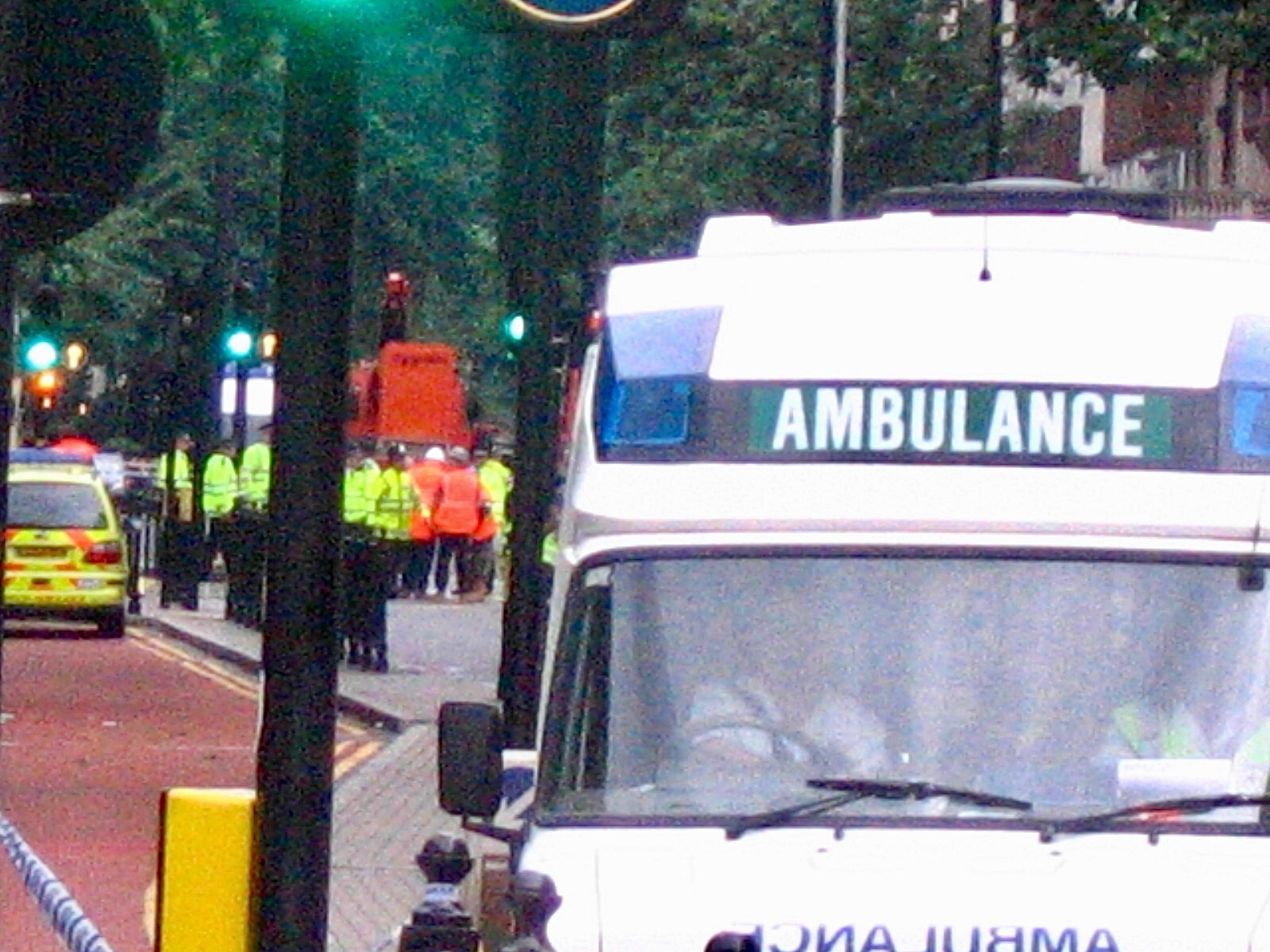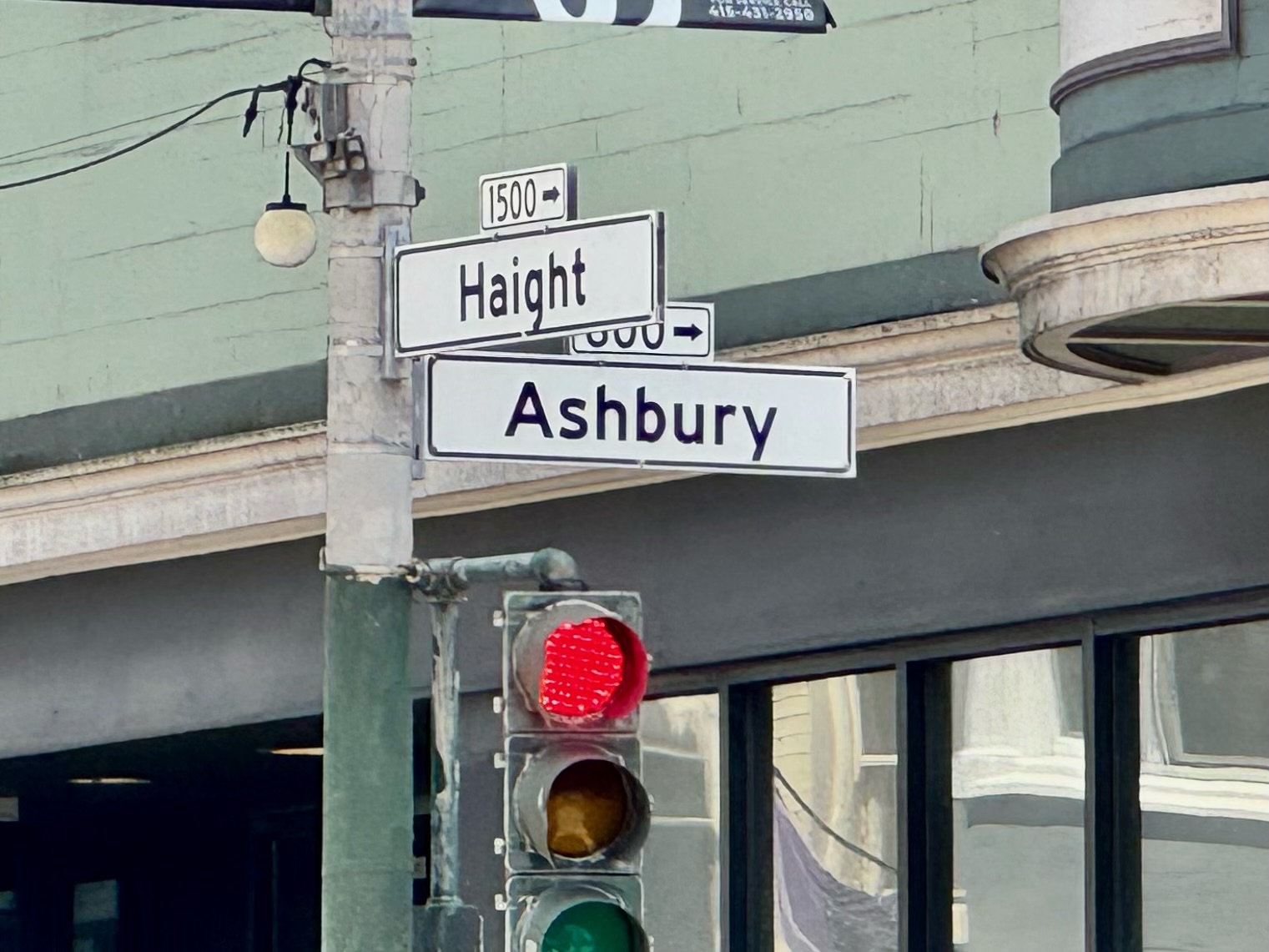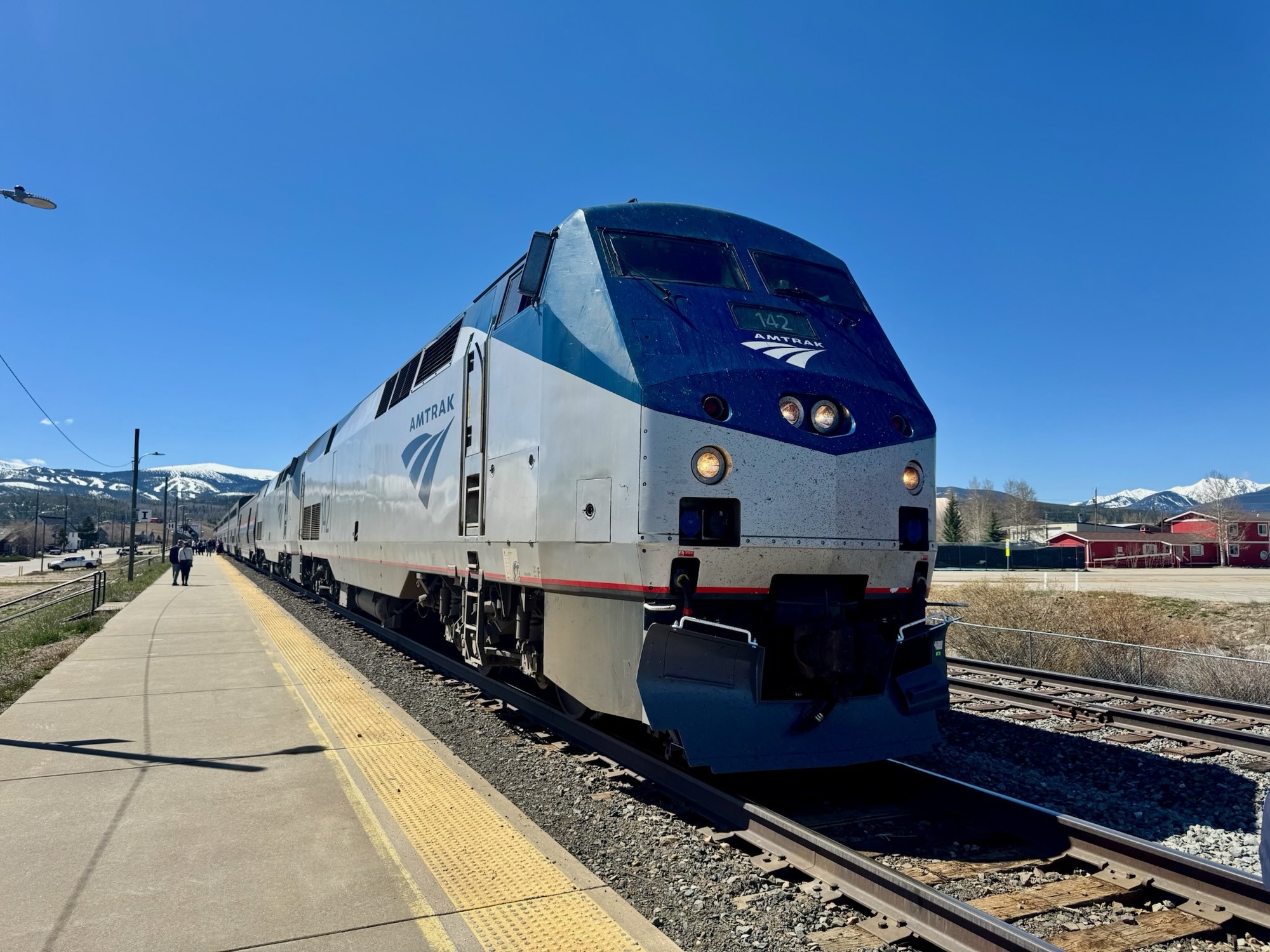

There was no ticking, but building pressure told me that soon my time would be up. The EMT/Nurse worked with intensity over my abdomen. He was calm and he kept me engaged while focused on defusing the “devise”. Trial and failure, trial and failure… my heart rate and blood pressure rose in tandem. Beads of sweat were appearing on his forehead. Images of action movies came to mind; a hapless victim locked into an explosive vest, bomb disposal people working feverishly to save him… a race against the clock… (Continued later in this post)
June 3rd, The University of Kansas Medical Center: I was prepped and wheeled into the operating room. I had met with the surgeon, his resident assistant, and the anesthesiologist doctor and her resident assistant. All was in order and proceeding as planned. The Aquablation procedure was novel, minimally invasive, and primarily robotic. In a matter of minutes it held promise to resolve my annoying problem. The one faced by the vast majority of men “of a certain age” , BPH.
Over the last 20 years urination has become increasingly difficult. A weakening “stream”, multiple trips to the bathroom at night, incomplete voiding. In the general population it is estimated that half of all men show symptoms by age 60 and 90% by age 85. Not all require treatment, and BPH often responds favorably to daily medication. However, my age and genetics were both against me. Medication had become less effective and the condition more impactful on my quality of life.
TURP (transurethral resection of the prostate) has been the surgical standard of care for BPH. I did not wish to undergo this procedure as there was a small, but not insignificant, risk of erectile disfunction, incontinence, and retrograde ejaculation. (Yes, those things still matter to me/us!)
Earlier this year, during my annual visit with the urologist, Aquablation was presented to me for the first time as an option. A little research on my part and it seemed to “check all the right boxes”. Although in common use for less than 5 years, it looks to replace TURP as the standard of care. Robotic, it was performed in a tenth of the time, virtually no erectile or incontinence problems, and highly effective. I was sold.
The surgery went well. An overnight in the hospital with an irrigation catheter was expected. The “test” the following morning would determine if I would go home with/without the catheter. I failed the “test” (about half do, the ability to fully void). June 4th, I went home with the catheter in place. It was to be removed the following Monday, June 9th.
June 6th, (afternoon): Urine stopped flowing through the catheter. Christine and I followed instructions for resolving a blockage, but no-go. A trip to meet a urology resident physician at the hospital fixed the problem.
June 6th. (late night): Urine again stopped flowing through the catheter. Another trip to see the resident physician at the hospital. It was decided to replace the catheter but first run another voiding “test”. I PASSED!! Not only did I “pass”, but instead of a squirt gun, I was like a firehose! There was some blood in the urine, not uncommon and likely to continue for a week or more as I healed. Instructions: No lifting, no straining, no significant physical activity… and no sex for the next 4 weeks.
June 9th: I had come down with a nasty case of bronchitis. A visit to urgent care, an x-ray and medications prescribed. Back home and resting miserably.
June 10th: Christine has caught my bronchitis. It is worse with her.
June 11th: Christine passes out and does a hard “face-plant” on the bathroom floor. I hear her panicked call for me followed by a loud “thud”. Running into the bathroom I see my wife on the floor, eyes open but rolled up in her head. She is unresponsive. In a panic, I call 911. The ambulance is on the way. I try and revive her. Nothing. I begin to position her for CPR. Am I a widower? Panic, tears, repeatedly calling her name… SHE BREATHS!!! She responds to my voice, moving her hands and feet on my request, but still otherwise immobile. Stroke?
Our daughter Alexis (who is a nurse) and the ambulance arrive. Christine is transported to St. Luke’s Hospital, less than 2 miles from our home. Their emergency room is packed, and Christine is relegated to a bed in a hallway. Triage and a CT scan confirm that she is negative for stroke. There is more testing (negative for a heart attack) and an IV saline drip seems to really bring her around. 4 hours later and we are heading back home. The diagnosis: severe dehydration secondary to the bronchitis.
June 19th. It is our 48th anniversary and we have evening dinner plans. However, that morning I go to the bathroom and “midstream” everything stops! I can’t pee! Off to the emergency room and The University of Kansas Hospital (KU Med, about 4 miles from our home). Hydration to build some pressure and if that doesn’t work a catheter. With one last attempt I pass a large blood clot and urine is again free flowing. We return home but dinner plans are cancelled. Carryout ice cream is the substitute.
June 26th: Again, I suddenly can’t urinate. We are back in the ER at KU Med. It is necessary to insert a catheter to bring relief. I am held for observation and fluids are pushed into me. Later that night urine stops flowing in the catheter. I feel pressure building in my abdomen and I urgently and repeatedly hit the button for the nurse.
(Resumed from the start of this post) …The catheter has multiple ports. One to inflate the balloon that holds it in place, one for irrigation purposes, and the exit for drainage. My nurse is a former EMT, accustomed to being adaptive to emergency situations and calming “victims”. He is the BEST. Like trying to rock a car back and forth to get it unstuck from a snowdrift, he repeatedly pushes and then attempts to pull water into and out of the catheter ports with a huge syringe. Finally, a huge blood clot is drawn out and the flow resumes. We are both overcome with relief.
June 27th: I am still in the emergency room. It has been 24 hours and the attending urologist has admitted me. A room has become available in the urology section on the 8th floor. However, as I am being prepped for the move, the catheter again blocks. My emergency room nurse is unable to quickly free the blockage. A call is made to the 8th floor and a physician’s assistant (PA) is awaiting my arrival to work on the problem. As she later explains, she is authorized to be “more aggressive”.
After many tries and failures, and with herculean effort, she manages to dislodge and remove countless large and small blood clots through the catheter, at least a cupful. A surgical team was the next step if she had not succeeded.
June 28th: It appears that the internal bleeding that had been the source of the clots has finally stopped. It is decided to do another urine trial. The catheter is removed and I am instructed to “push fluids”. I give three consecutive urine specimens, each as I need to pee. It is hoped that they will become progressively lighter in color, indicating the hemorrhaging has ended. SUCCESS!! I am visited by the head urologist and his surgery team. They are happy to inform me that their intervention is not deemed necessary. I am released to go home.
For the next few days I suffer from PTPD (post traumatic pee disorder). Every visit to the bathroom brings with it the lingering anxiety, “Will the bleeding return?” Thankfully, it does not. All clear, literally and figuratively. Interestingly enough, there is an actual diagnosable condition called “urophobia” the fear of things relating to urine. Who knew.
I understand that a very small percent of patients have post-surgery complications from Aquablation. I must represent the entire population. Lucky in love, unlucky in the operating room. I am the person who manages to make the simple complicated. Through it all Christine has been steadfast at my side. I have said it before and I will say it again, in the marriage lottery I hit the jackpot.
Peace Everyone. Pete
PS. There is more: June 29th: It is 4 a.m., we are in the middle of a thunderstorm. I am resting awake in bed. FLASH, CRASH… lightning has struck somewhere very close to us. Christine “jumped out of her skin”. With the passing of shock-driven adrenaline we fall back to sleep.
The next morning: My laptop computer stopped charging, our elevator (yes we have one) indicates that it is on the 5th floor of our two-story house. My hybrid EV car isn’t charging. I resolve everything except the elevator, but later in the week we find that our irrigation system controller is “fried” and the 8-note manual strike doorbell Westminster chimes no longer work.
Yesterday we found chunks of bark on our front porch. 50 feet away our monumental pine tree located in the front yard looks like a 30-foot-tall bear has used it as a scratching post. I fear that this beautiful tree is standing with one root in the grave. We have contacted our insurance company and an arborist.



PPS. Our son Peter and grandson, also Peter, visited this morning. Son Peter shared a joke: Three men “up in their years” were bemoaning the ravages of their advanced age. The first complained that he wished he could again have bowel movements without resorting to laxatives. The second complained about the weakness of his urine stream, the difficulty starting and the start/stop to completion. The third man said, “At 6 a.m. every morning, and without difficulty or assistance, I completely empty my bladder and have a full bowel movement.” In unison, his friends replied, “Then why for God’s sake are you complaining!”
“I wake up at 7:30 a.m..”
One more time, Peace Everyone. Pete
Kansas City, July 4, 2025.







































































































